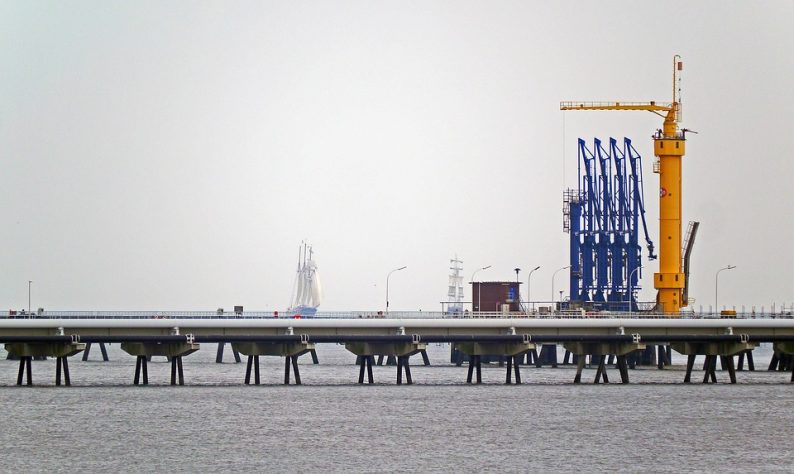Oil is focused on trade war talks today against a backdrop of a very Bullish Energy Information Administration (EIA) petroleum status report. Oil prices jumped after the EIA reported a major 5.836-million-barrel drawdown in crude oil supply and near-record refining demand. U.S. crude oil refinery inputs averaged 17.9 million barrels per day during the week, which was 89,000 barrels per day less than the previous week’s all-time record. While U.S. refiners missed last week’s record-breaking crude run, they still held at 98.1 percent of operable capacity.

Dan Molinski, at the Wall Street Journal, reported that “U.S. oil refiners keep pumping out fuel at near-record rates to take advantage of excellent profit margins, and their endurance is even surprising most experts. WSJ’s survey of analysts predicted today’s weekly EIA report would show refinery capacity utilization fell 0.6 percentage-points to 97.5%. But, the result showed rates stayed unchanged at near full-tilt 98.1%. Just one analyst, Phil Flynn of Price Futures, correctly predicted the unchanged outcome, while all other 10 analysts surveyed predicted a rate-decline. Could rates go even higher? It would seem doubtful, but the record is 100.5%, set 20 years ago this month. How’d it possibly goes above 100%? Perhaps some refiners boosted their capacity before EIA logged it into the system.”
What this also means is that the upcoming refining maintenance season may not see as much of a slowdown in crude oil demand as we have seen in past years. Since crude supplies are at the average range for this time of year the market is getting concerned that refining demand is above average.
Add to that upcoming sanctions on Iran and the picture looks even more bullish. We did see supplies rise in Cushing Oklahoma, but they had better. John Kemp, at Reuters, points out that crude oil stocks around the NYMEX delivery point at Cushing showed a counter-seasonal build for the second week running last week, arresting the massive drawdown since November, but they remain -32 million barrels below 2017 level and -13 million barrels below the 10-year seasonal average. Not to comforting.









Leave A Comment